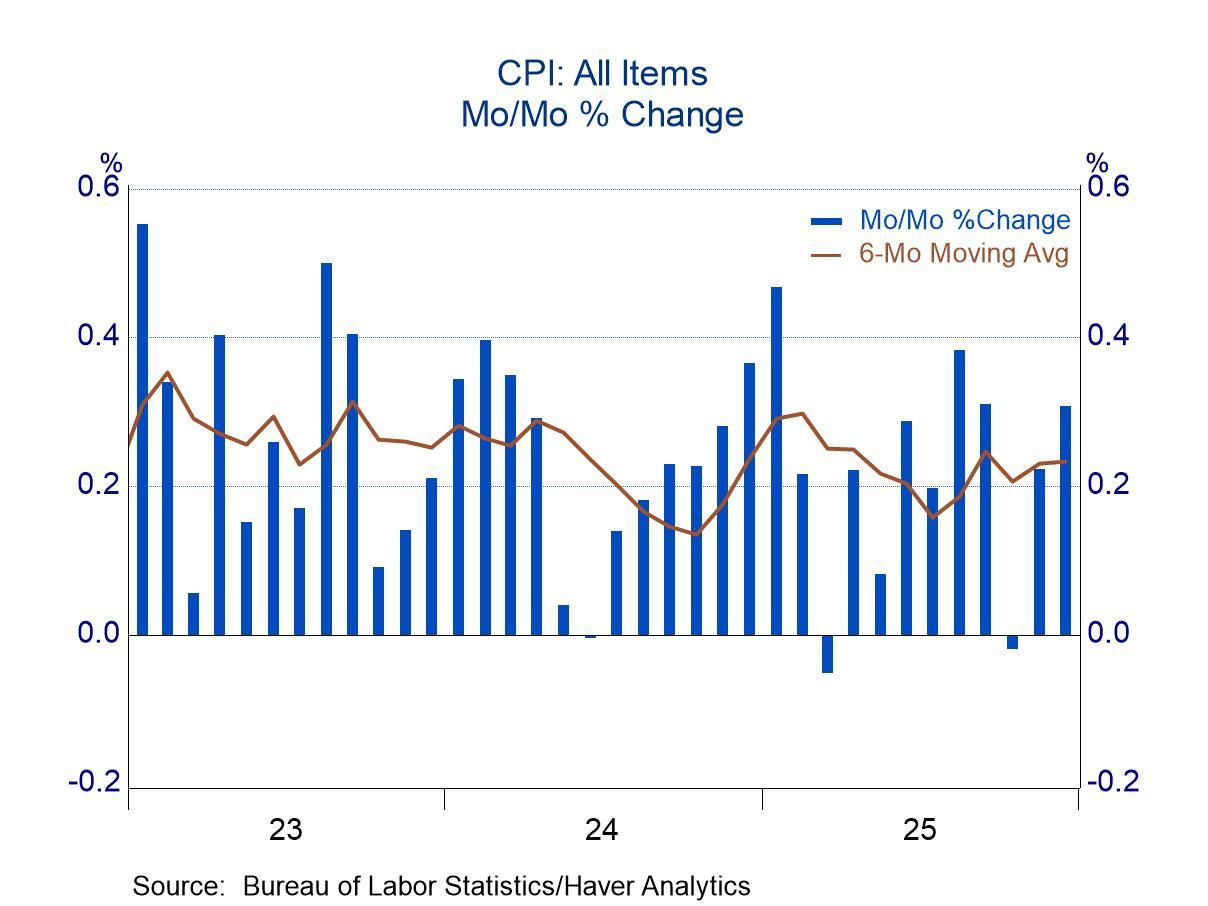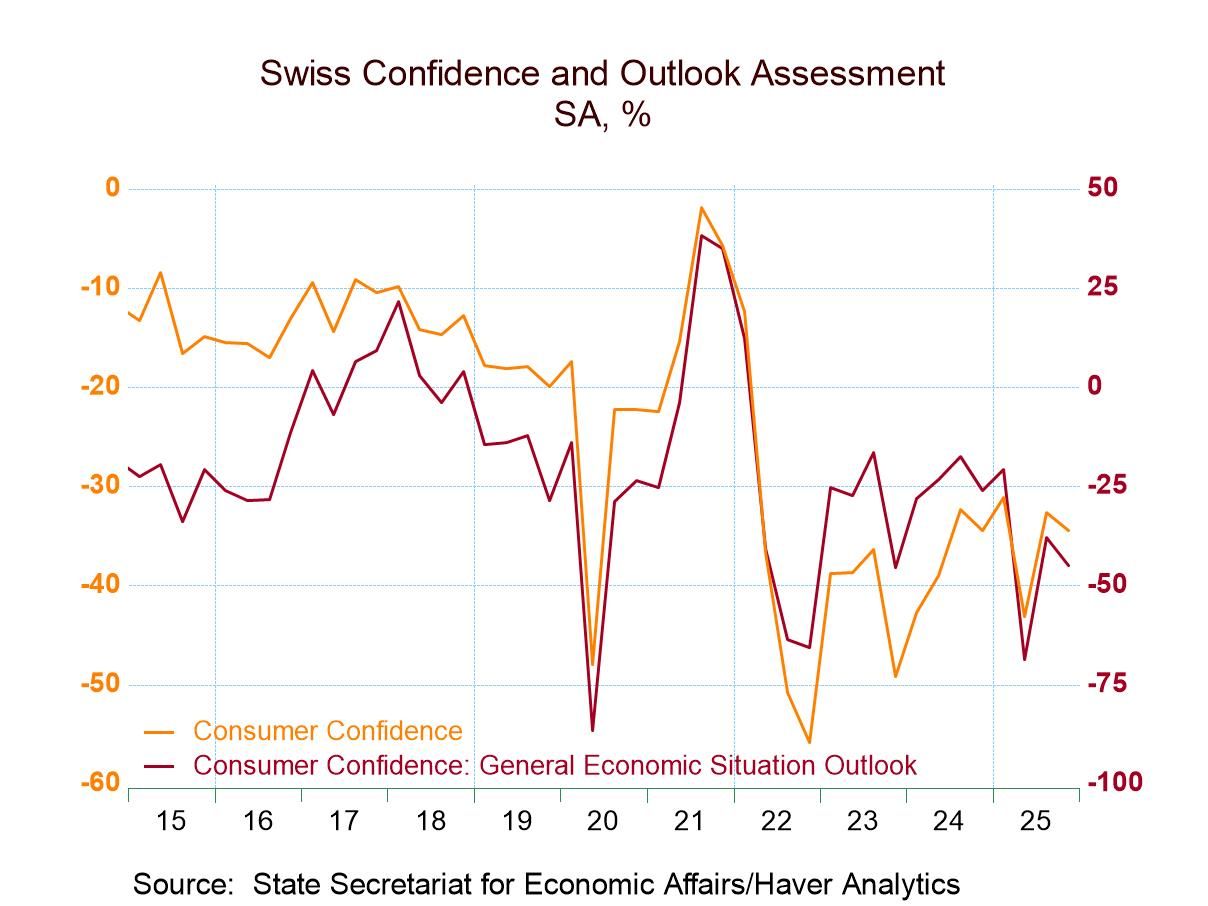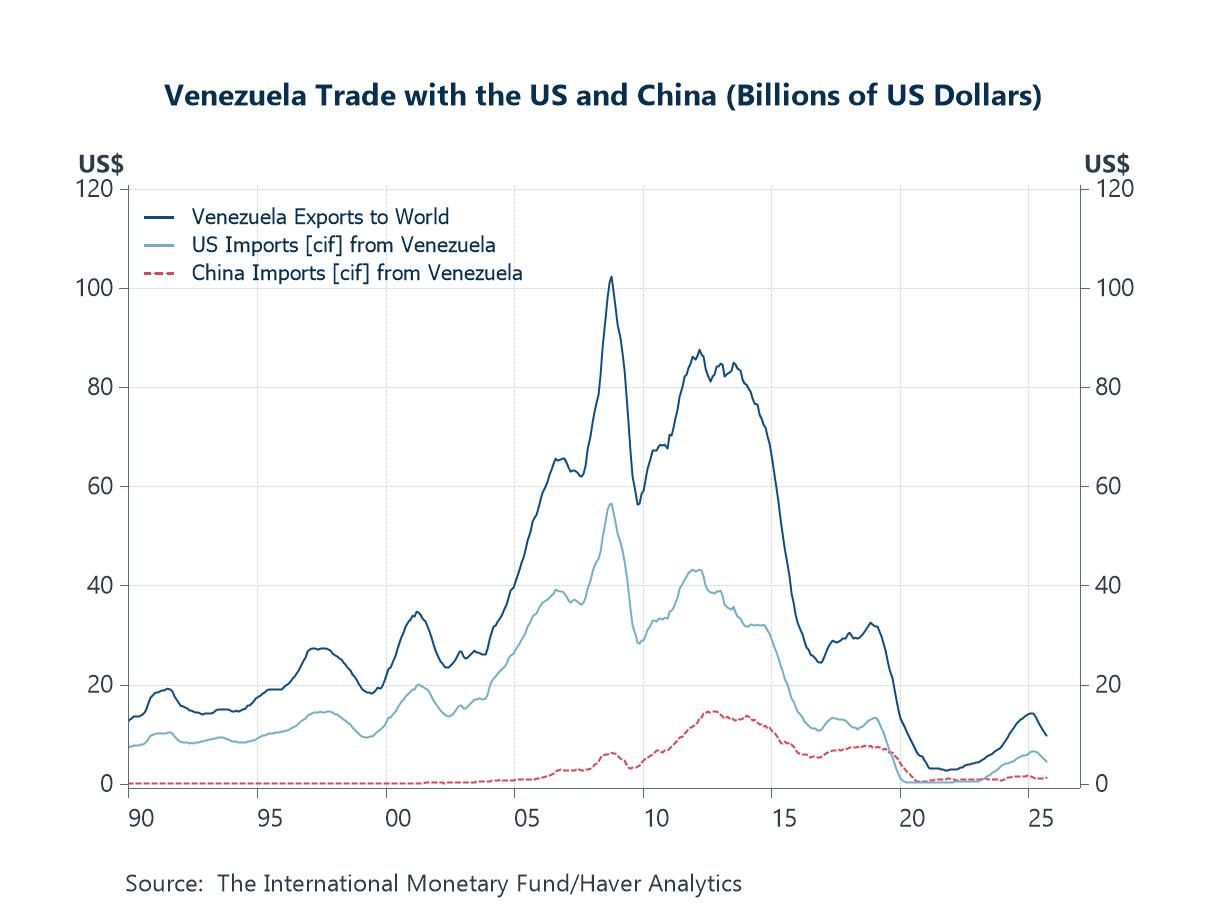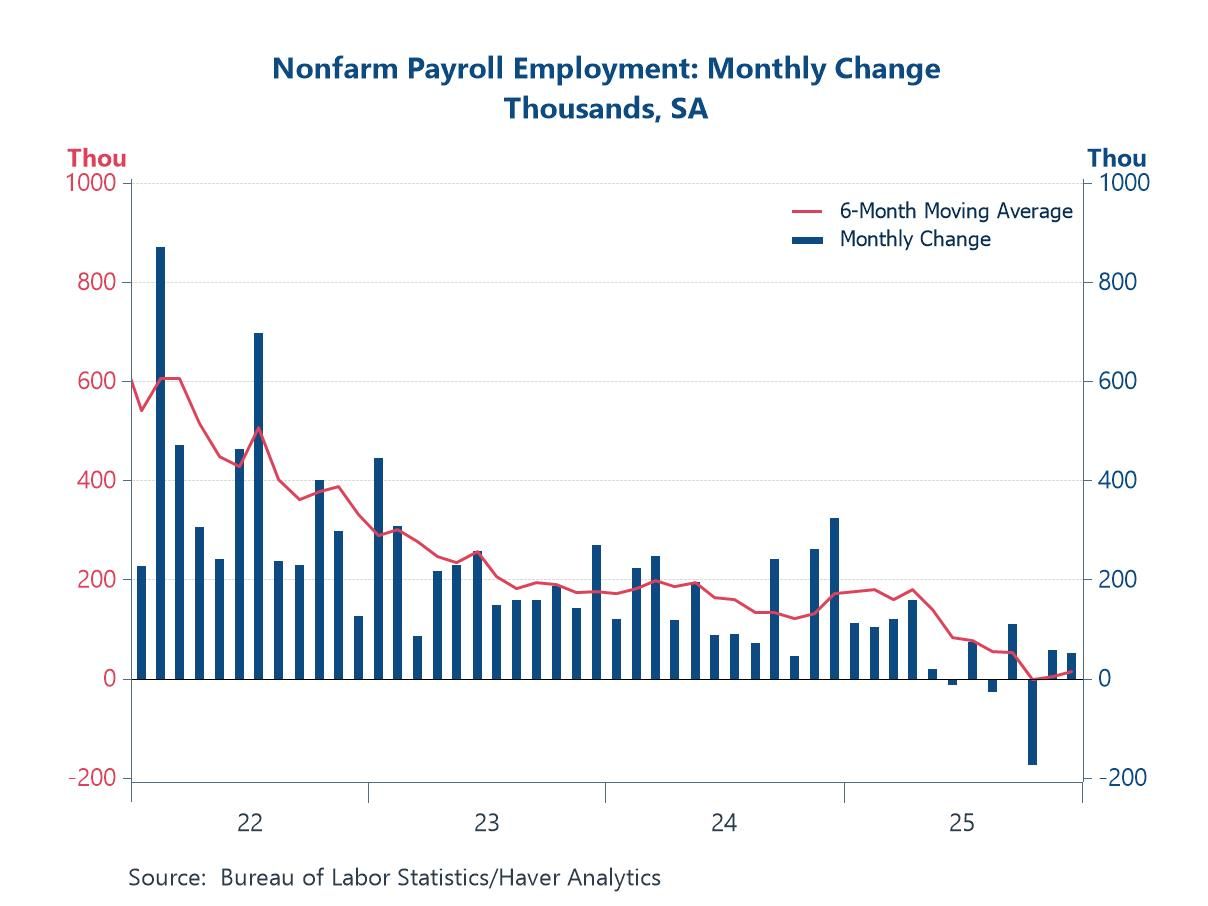 Global| Jun 25 2019
Global| Jun 25 2019French Manufacturing Eases and Stabilizes
Summary
France in relative terms has been one of the best performing economics in the EMU. The Markit PMI readings for manufacturing have been much higher than in Germany and much more similar to the EMU average, but at those levels the [...]
 France in relative terms has been one of the best performing economics in the EMU. The Markit PMI readings for manufacturing have been much higher than in Germany and much more similar to the EMU average, but at those levels the ranking of the French PMI figures have been much stronger than for either Germany or for all of the EMU. For France, it has been an issue of improved relative performance in manufacturing while the services sector has continued to struggle.
France in relative terms has been one of the best performing economics in the EMU. The Markit PMI readings for manufacturing have been much higher than in Germany and much more similar to the EMU average, but at those levels the ranking of the French PMI figures have been much stronger than for either Germany or for all of the EMU. For France, it has been an issue of improved relative performance in manufacturing while the services sector has continued to struggle.
Climate that has improved in May, had taken a step back in June. The June reading of 102.2 for climate is below May’s reading of 104.1. Climate in June has a 52.8 percentile standing among historic values for that metric.
The manufacturing production trend expected this month edged back to 2.8 from May’s 4.5. And while these are stronger values than in January of this year through December 2018 (when there was a five-month period when expectations in France cratered), the earlier metrics carried reads in double digits for 14 consecutive months. However, the recent trend for production has picked up this month with a reading of 8.2 compared to May’s 3.7. The 8.2 reading is stronger than most recent assessments back to November of last year. But prior to that across 17 previous months, the recent trend had been even stronger. While there is a sense of pick up in the recent trend this month, it is still a muted step-up. There is also the ‘likely trend.’ This third trend measure refers to the expectation of individuals as distinction from their perceptions of what the market as a whole is looking for (production expectations). In June the likely trend is at 7.9 below the 12.2 reading in May. This is a gauge that had been in double-digit readings for nearly 25 consecutive months prior to February.
This host of production expectation trends, actual trends and individual perceptions does reveal some differences to be sure. But the metrics all show that production had been faster, it has slowed down, and it is looking ahead at conditions that are stabilizing above their recent low readings for all measures. While that is not the most upbeat assessment possible, it is not a survey that points to ongoing erosion.
Orders and demand as well as foreign orders and demand continue to point to lower results ahead. Negative readings for these two have prevailed more or less since mid-year last year. The current readings are weak and that is not reassuring.
As for prices, there were deflationary readings in late-2016 that have given way to some much more buoyant readings that process peaked early in 2018. Since then, industrial price level expectations have fallen substantially and continue to produce readings comparable to the readings of early-2017. The likely trend prices series, after recovering from its deflationary episode, has fluctuated and is now at its lowest mark since early-2017.
On balance, the French survey from INSEE sees some stabilization and does not see much inflation pressure. When we focus on production and production trends, the prognosis is for stability. However, the surveys pertaining to orders and demand are back to late-2016 levels or worse (worse in the case of foreign orders and demand- the comparable low for that series stretches back to 2014).
While the French survey does provide some solace, it has contained the seeds of risk too. Looking at this report in detail will not placate the ECB about policy. The survey still shows a weaker economy and raises significant and important questions about the future without providing any assurances on price developments.
Momentum, variously defined, slows

Robert Brusca
AuthorMore in Author Profile »Robert A. Brusca is Chief Economist of Fact and Opinion Economics, a consulting firm he founded in Manhattan. He has been an economist on Wall Street for over 25 years. He has visited central banking and large institutional clients in over 30 countries in his career as an economist. Mr. Brusca was a Divisional Research Chief at the Federal Reserve Bank of NY (Chief of the International Financial markets Division), a Fed Watcher at Irving Trust and Chief Economist at Nikko Securities International. He is widely quoted and appears in various media. Mr. Brusca holds an MA and Ph.D. in economics from Michigan State University and a BA in Economics from the University of Michigan. His research pursues his strong interests in non aligned policy economics as well as international economics. FAO Economics’ research targets investors to assist them in making better investment decisions in stocks, bonds and in a variety of international assets. The company does not manage money and has no conflicts in giving economic advice.






